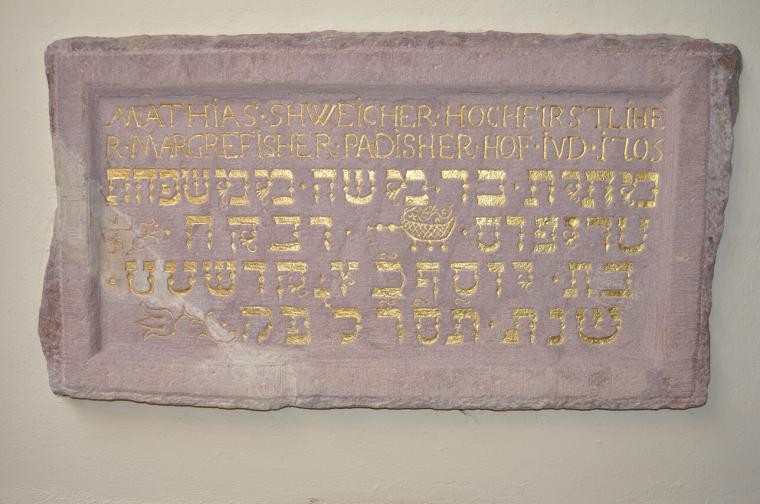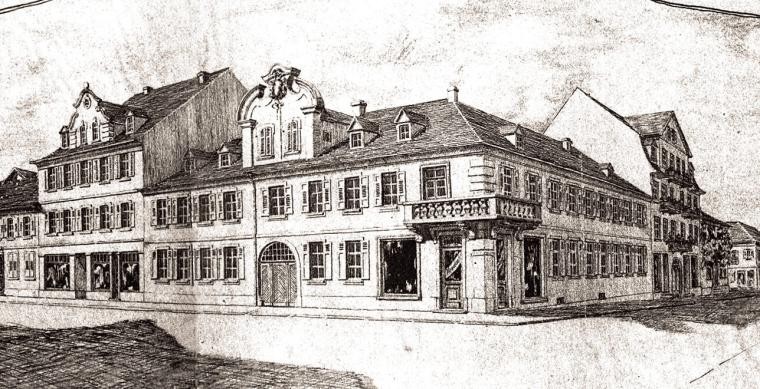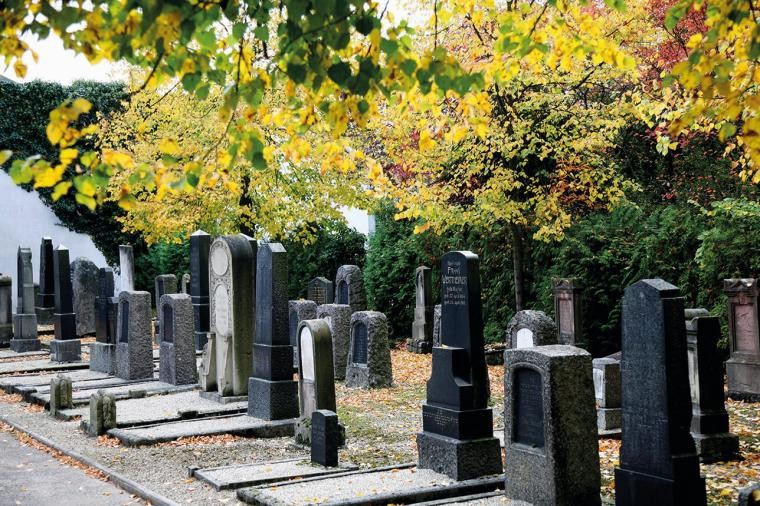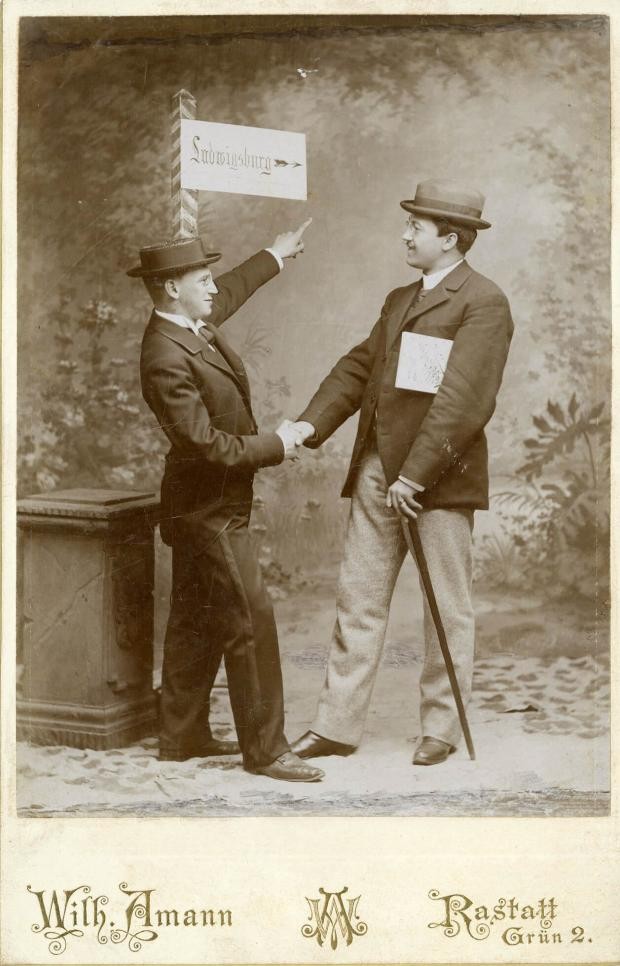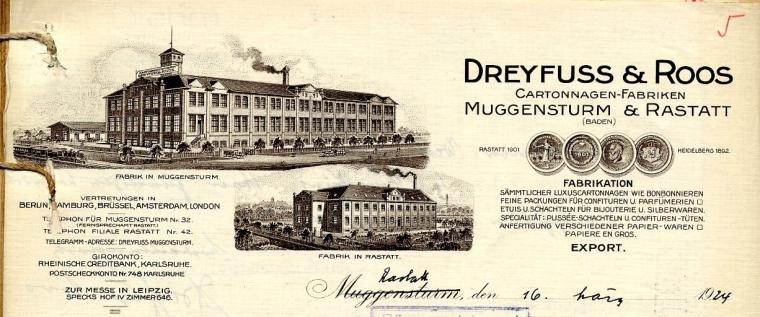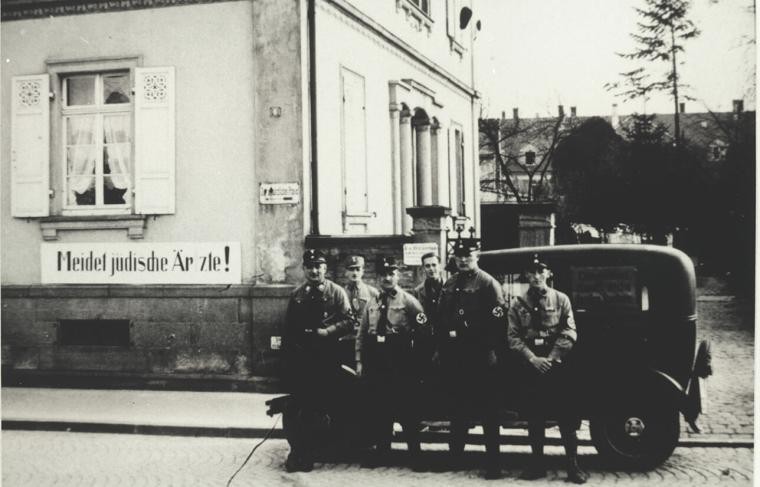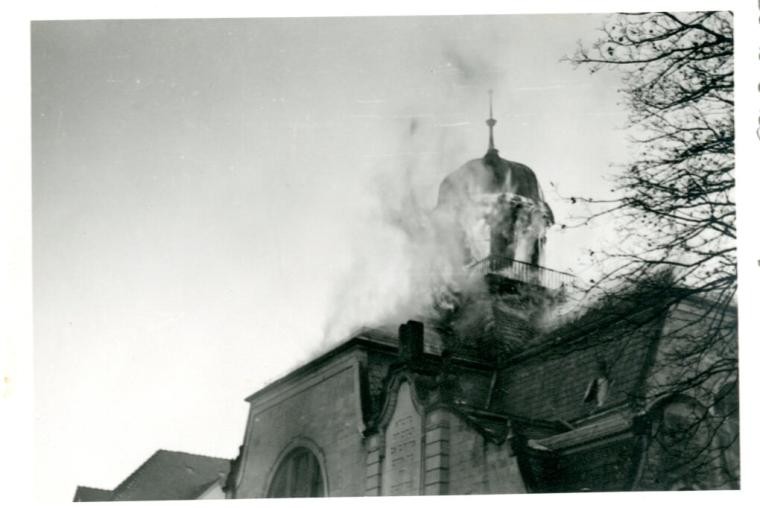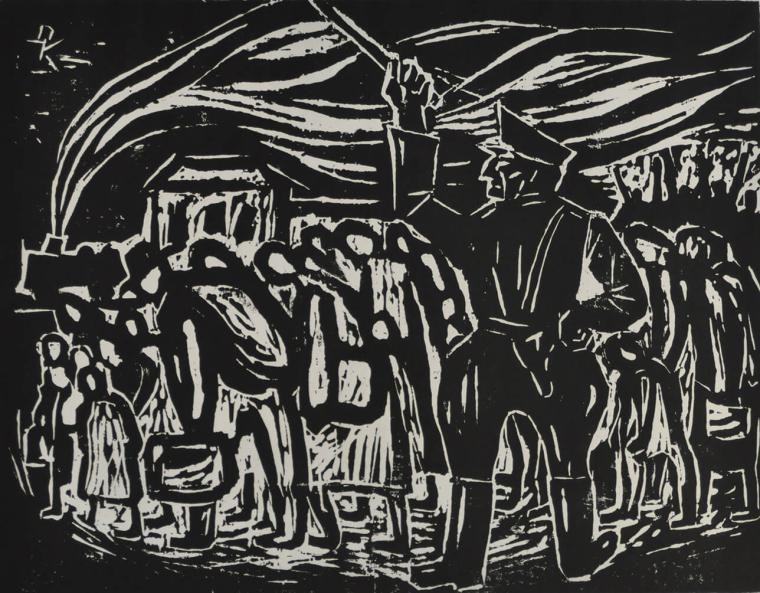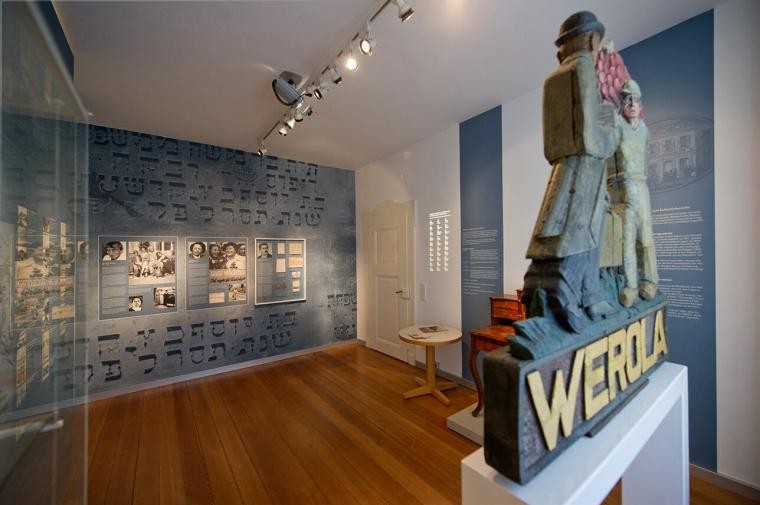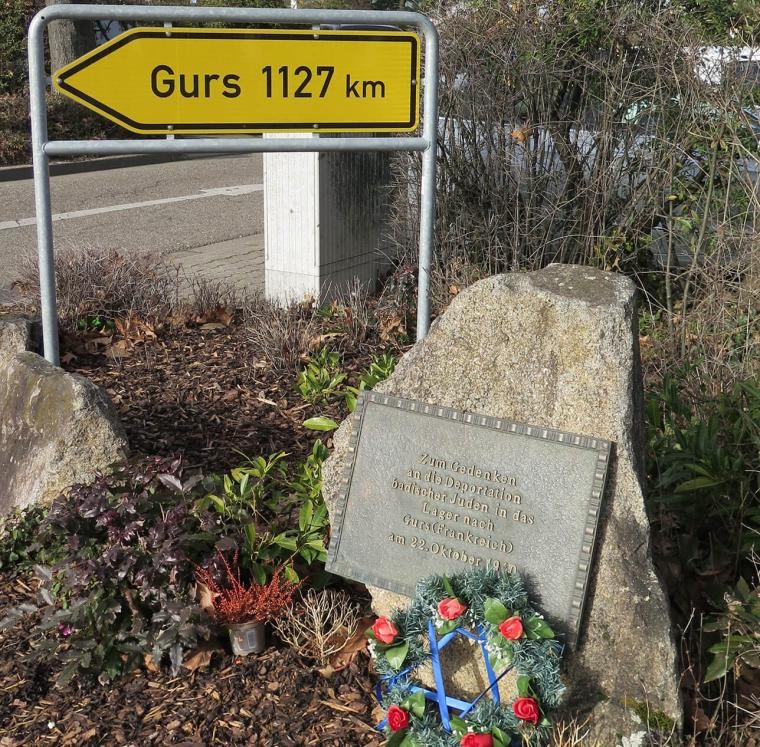Middle Ages to early modern times
From the Middle Ages until the early modern times there are only sporadic news of Jewish citizens in Rastatt. One of them was Mathias Schweitzer, a court Jew and Judenschultheiss. He is commemorated by a memorial plaque dated 1703 in the courtyard of the town museum.
18. Century
Repeatedly affected by persecutions and expulsions, fewer than ten Jewish families lived in Rastatt at the turn of the 18th century. But after the devastating wars in the 17th century, Jewish families were allowed to settle in the depopulated margraviate. This was also in order to bring in taxes for the sovereign. Thus, in the 18th century, on the initiative of Margravine Sibylla Augusta, the small Jewish community had to finance the paving of the streets of the young residential town of Rastatt.
1877
in 1877, Josef Altschul was the first Jewish citizen to be elected to the town's citizens' committee. Until 1933, Jews continued to be active as citizens' committee members or members of various local associations. In addition, numerous Jewish associations of various orientations are founded. Among others, the Israelitische Kranken- und Unterstützungsverein, the Jüdischer Jugendbund and a Jewish bowling club.
1920
Jewish citizens increasingly shape the cityscape of Rastatt. They set up businesses such as the cardboard box factory Dreyfuss & Roos, the Badische Polierscheiben- und Putzwollenfabrik Groener & Bloch and, in the early 1920s, the crepe and colored paper factory Werola, which brought the city income and created jobs.
Around 1900, there was also a respectable number of Jewish merchants and craftsmen. In addition, some Jewish families belong to the educated middle class, including lawyers and doctors, whose children attend the Ludwig-Wilhelm-Gymnasium.
1933
With the seizure of power by the National Socialists in March 1933, the situation of the Jewish community deteriorates rapidly. Anti-Jewish measures such as the boycott of Jews in April 1933 and the enactment of anti-Jewish laws increasingly pushed Jews out of public and economic life.
As a result, many Jewish families were driven to emigrate. This possibility was not open to all Jewish citizens. Those left behind were mainly the elderly and those who presumably could not leave the city for family reasons.
Today: Monuments in Rastatt
The Kantorenhaus and the Jewish cemetery in particular have been preserved as visible monuments to Jewish community life in Rastatt.
Furthermore, several memorials in the Rastatt city area commemorate the crimes of National Socialism and the Jewish victims of National Socialism. A plaque at the Kantorenhaus refers to the destroyed synagogue. A memorial stone in front of the train station and a memorial near the former synagogue commemorate the deportation of Rastatt's Jews to Gurs. In addition, Rastatt is a member of the working group for the care of the cemetery for deportees in Gurs.
Since 2013, so-called "Stolpersteine" have also been laid in Rastatt in memory of the victims of National Socialism.

